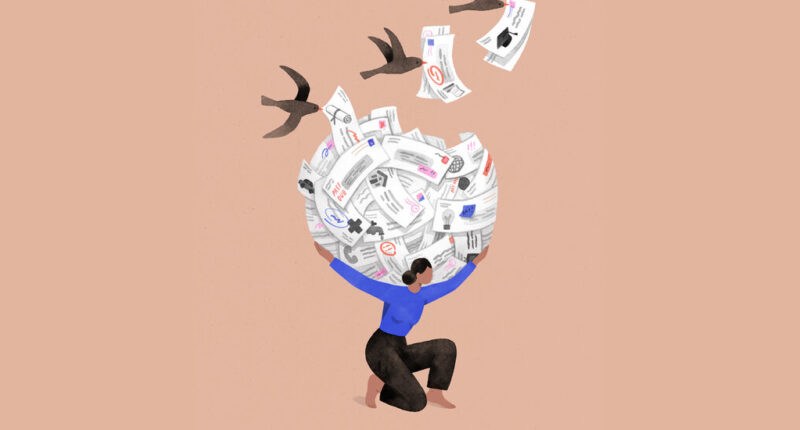
Does this updated plan mean others will shut down?
Yes.
In the past, new plans didn’t lead to the shuttering of older plans, which is why there’s a confusing assortment of options on the books.
The Biden administration said it wanted to simplify the assortment of choices so that borrowers weren’t overwhelmed: It proposed phasing out new enrollments into the Pay as You Earn (PAYE) and income-contingent repayment (I.C.R.) plans, while limiting the circumstances where a borrower can later switch into the income-based repayment (I.B.R.) plan.
Borrowers with Parent PLUS loans, however, will not lose access to the I.C.R. repayment plan.
How does the new I.D.R. plan work?
There’s already a confusing assortment of income-driven plans available. The amended REPAYE plan is generally more affordable than the five (!) existing plans, including PAYE, I.C.R. and I.B.R., which comes in two versions.
But all income-driven plans generally operate in the same fashion. Payments are calculated based on your earnings and household size, and are readjusted each year. After monthly payments are made for a set number of years — usually 20 — any remaining balance is forgiven. (The balance is taxable as income, though a temporary tax rule exempts balances forgiven through 2025 from federal income taxes.)
The proposed plan’s rules are more generous in several ways.
To start, it would reduce payments on undergraduate loans to 5 percent of discretionary income, down from 10 percent in the existing REPAYE plan (and 15 percent in other plans). Graduate debt is also eligible, but borrowers would pay 10 percent of discretionary income on that portion. If you hold both undergraduate and graduate debt, your payment will be weighted accordingly.
But it also tweaks the payment formula so that more income is protected for a borrower’s basic needs, which in turn reduces payments overall. That change will also allow more low-income workers to qualify for zero-dollar payments. No worker earning under 225 percent of the poverty level — or what a $15 minimum wage worker earns annually — will have to make a payment, the administration said.
And people who took out smaller loans — or those with original balances of $12,000 less in total — would receive another advantage. They would make monthly payments for 10 years before cancellation, instead of the more typical 20-year repayment period.
Source: | This article originally belongs to Nytimes.com








